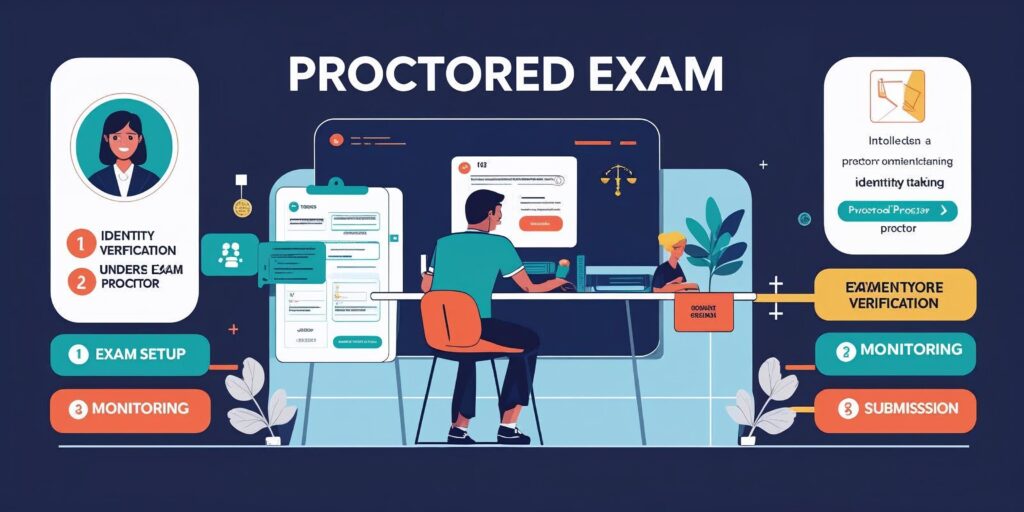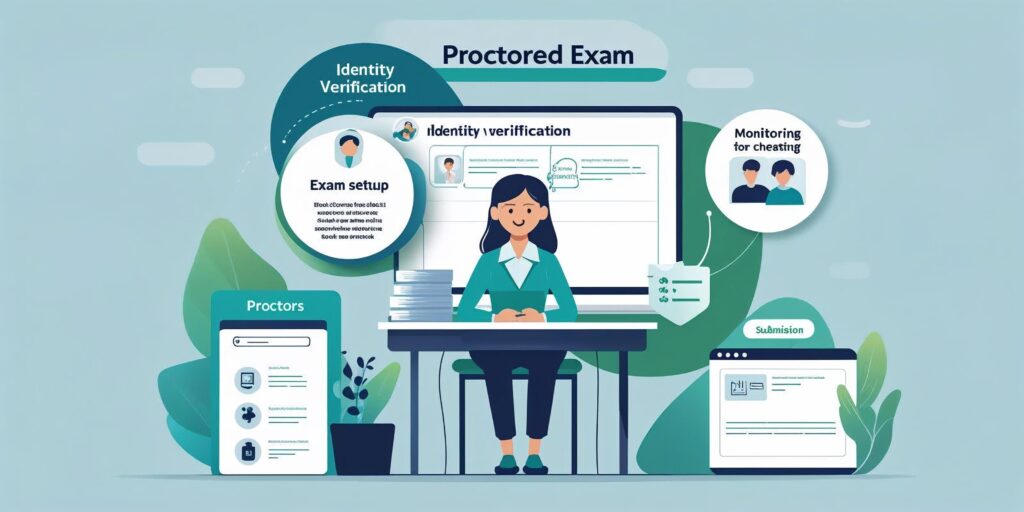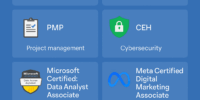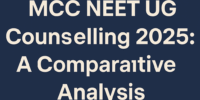What Is a Proctored Exam and How Does It Work? | Types, Benefits & Tips

In today’s digital learning age, education is no longer limited to classrooms.
Students can now earn degrees, certifications, or even job-specific credentials entirely online.
While this flexibility is great, it brings one major challenge: ensuring exam integrity.
This is where proctored exams come in.
If you’re wondering what is a proctored exam and how it works.
Then this guide will break it down step by step.
Whether you’re preparing for an online test or simply curious about how remote proctoring maintains fairness. You’ll find everything you need to know here.
First of all, we understand your concerns.
What Is a Proctored Exam?

A proctored exam is a test that is supervised by an individual known as a proctor (sometimes called an invigilator).
The proctor’s role is to ensure that the exam is taken fairly and honestly, without cheating or using unauthorized resources.
Traditionally, proctored exams were held in classrooms or test centers where a person physically monitored the room.
However, with the rise of online education, many proctored exams now happen virtually.
In this case, monitoring is done through special software, webcams, and microphones to replicate the controlled environment of a test center.
In short, a proctored exam makes sure that:
- You are who you say you are.
- You don’t use unfair methods during the test.
- The exam remains credible and valid.
Why Are Proctored Exams Important?
To truly understand how proctored exams work, we must first look at why they exist.
In an online setting, it’s much easier to look up answers, ask a friend for help, or even hire someone else to take the test.
Without supervision, the authenticity of exam results can’t be guaranteed.
Here’s why proctored exams matter:
- Maintain Academic Integrity—Institutions can trust that results truly reflect the student’s knowledge.
- Build Employer Confidence—When employers see your certification, they know you earned it honestly.
- Fairness for All Students—Everyone competes on equal terms without cheating.
- Preserve Institutional Reputation—Universities and training providers uphold their credibility.
In essence, proctored exams are a safety net that keeps education and certification systems trustworthy.
Explore this related post
What is Credit Banking and Flexible Exits
Preparing for Document Verification in MCC NEET UG Counselling 2025
How to Build a Stunning Website Without Code
Types of Proctored Exams
Proctored exams come in several formats. Knowing the types helps students prepare better for the experience.
1. In-Person Proctored Exams
This is the traditional model.
You physically go to a classroom or a designated testing center, where a proctor watches over the room.
You must follow strict rules like leaving personal items outside, showing ID, and only using approved materials.
2. Online Live Proctored Exams
In this format, you take the test from home, but a human proctor monitors you in real time through your webcam and microphone.
The proctor may ask you to show your surroundings, verify your ID, and keep your camera on throughout the exam.
3. Online Automated Proctored Exams
Instead of a human, AI-powered software monitors your behavior.
The system can flag suspicious activities such as unusual eye movement, background noise, or multiple people in the room.
Afterward, a proctor or examiner reviews the flagged events.
4. Recorded Proctored Exams
Here, the system records your entire test session, including video, audio, and screen activity.
After the exam, a proctor reviews the recording to check for any signs of cheating.
Each method has pros and cons, but they all serve the same purpose—ensuring exam integrity.
How Does a Proctored Exam Work Step by Step?
Now that you know what it is, let’s walk through the step-by-step process of taking a proctored exam.
Step 1: Registration
You’ll usually register for the exam in advance. If it’s an online proctored exam, you’ll receive instructions, software links, and requirements.
Step 2: Technical Setup
Before exam day, you may need to install proctoring software. Common requirements include:
- A computer with a working webcam and microphone
- A stable internet connection
- A quiet, private space free from interruptions
Some platforms also run a system check to make sure everything works smoothly.
Step 3: Identity Verification
When the exam begins, the proctor will ask you to confirm your identity. This may involve:
- Showing a government-issued ID
- Taking a real-time photo for comparison
- Answering security questions
Step 4: Environment Check
To prevent cheating, the proctor may ask you to rotate your webcam to show your surroundings.
You might also be asked to remove phones, notes, or unauthorized materials from your desk.
Step 5: Exam Monitoring
Once the test starts, the proctor (human or AI) will monitor you. This includes:
- Watching your body language
- Listening for unusual sounds
- Tracking your computer activity
For example, if you look away from the screen too often, it might trigger a flag.
Step 6: Finishing the Exam
After you submit the test, the proctor or software ensures everything is properly logged.
If suspicious activity is detected, it will be reviewed later.
Step 7: Results and Review
Your results may be released immediately or after review, depending on the exam provider’s policies.
Advantages of Proctored Exams
Proctored exams offer several benefits, both for institutions and students:
- Flexibility—Online proctoring allows students to take exams from home.
- Credibility – Scores are trusted by employers and universities.
- Scalability—Institutions can conduct exams for thousands of students worldwide.
- Reduced Travel Costs—No need to commute to test centers.
- Security—Prevents cheating and ensures fairness.
Challenges and Concerns with Proctored Exams
While proctored exams solve many problems, they also come with challenges.
- Privacy Concerns: Students often worry about being watched in their own homes. Proctoring software can record video, audio, and even screen activity.
- Technical Issues: Poor internet or outdated devices can disrupt the exam.
- Accessibility: Students without private spaces or proper equipment may struggle.
- Stress Factor: Being monitored live can increase anxiety.
To address these concerns, many institutions now offer practice sessions so students feel comfortable before the real test.
Tips to Succeed in a Proctored Exam
If you have a proctored exam coming up, preparation is key. Here are some practical tips:
- Check Your Tech Early—Make sure your webcam, mic, and internet connection are working.
- Choose a Quiet Location—Avoid places with background noise or distractions.
- Do a Test Run – Many platforms allow a practice exam to test the software.
- Follow Instructions Carefully—Don’t bring unauthorized materials.
- Stay Calm—Remember, the proctor is there to ensure fairness, not to intimidate you.
- Dress Appropriately—Since you’re on camera, maintain a professional appearance.
- Keep Backup Options—If your internet fails, know the support contact details in advance.
Future of Proctored Exams
The future of testing is moving toward AI-driven proctoring combined with biometric verification.
Features like facial recognition, keystroke analysis, and voice detection are becoming standard.
At the same time, institutions are exploring ways to make exams less stressful and more student-friendly. It balances security with privacy.
Final Thoughts on What Is a Proctored Exam and How Does It Work?
So, what is a proctored exam, and how does it work?
Simply put, it’s a secure way of ensuring the exams.
Whether taken online or in person so that it remains fair and credible.
Proctored exams protect the value of your qualification, give employers confidence in your skills, and maintain trust in education systems worldwide.
While they come with challenges like privacy concerns and technical barriers, the benefits far outweigh the downsides.
With the right preparation, any student can navigate a proctored exam successfully.
As online learning continues to grow, proctored exams will play an even bigger role in shaping the future of education.
By understanding the process, you’re already one step ahead in your academic or professional journey.
Frequently Asked Questions
What happens in a proctored exam?
In a proctored exam, a supervisor (proctor) monitors the test-taker either in person or online to ensure rules are followed. The proctor verifies identity, prevents cheating, and ensures the exam runs fairly and securely.
Do proctored exams use your camera?
Yes, most online proctored exams use your camera to monitor you during the test. The webcam helps the proctor verify your identity and watch for any suspicious behavior to ensure exam integrity.
Do proctored exams record your screen?
Yes, many online proctored exams record your screen during the test. This allows the proctor or exam software to see what you are viewing and to make sure you are not opening unauthorized websites, apps, or files.
Can you talk during a proctored exam?
Generally, you should not talk during a proctored exam unless it’s required for the test or you’re directly communicating with the proctor. Talking, even to yourself, can be flagged as suspicious behavior because it may look like you’re receiving help.
👉 In some cases, if you need assistance, you can use the exam platform’s chat box or microphone to speak with the proctor—but casual talking is not allowed.








